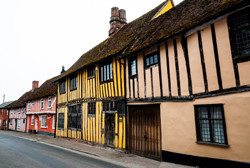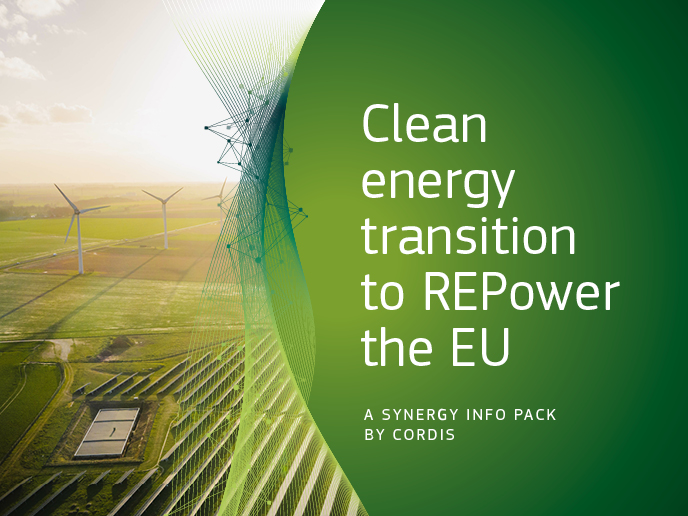Helping historic buildings save energy
Historic buildings are found in cities, towns and villages across the EU and represent an important aspect of European identity. However, they also contribute to greenhouse gas emissions and hefty energy bills. The EU-funded 'Efficient energy for EU cultural heritage' (3ENCULT)(opens in new window) project was established to bridge the gap between conservation of historic buildings and climate protection. The consortium aimed to guide energy-efficient retrofits and conservation in order to preserve cultural assets and mitigate the effects of climate change. Scientists and stakeholders making up the diverse consortium came from a wide range of fields. These included urban development, diagnostics, conservation, building physics, sustainability, architecture, lighting and even cybernetics. Researchers investigated technical solutions with regard to energy enhancement, smart monitoring and control. Specific energy solutions were developed together with technical guidelines and tools for multidisciplinary analysis and the design approach. Local case study teams involved building owners, architects and local offices responsible for the conservation of monuments. Each of the eight cases was considered according to its own unique characteristics and heritage value, providing stimulus for the development of novel solutions. Additional activities involved the development of design tools, quality assurance, and contributions to knowledge and knowledge transfer. The ultimate goal was to demonstrate the feasibility of a reduction in energy demand from factor 4 to factor 10. Project partners also created a handbook containing design guidelines, technical solutions for planners, and new or enhanced products relevant to refurbishment. It also highlights position papers and support for the development of standards. The 3ENCULT virtual library is a powerful online resource for stakeholders operating in the field of historic buildings refurbishment and conservation. It presented in a well-structured way energy efficiency solutions for built heritage in line with the priorities and conservation compatibility criteria drawn from case studies. In order to optimise impact, the virtual library is based on the well-known BUILD UP(opens in new window) portal, which collects Europe-wide resources on energy efficiency. Thanks to the success of 3ENCULT, significant energy savings in historic buildings can be achieved and living conditions improved in historic urban centres. The solutions developed, some of which are based on already available products, will ensure improved comfort for occupants of historic buildings and dramatically reduced energy bills.







